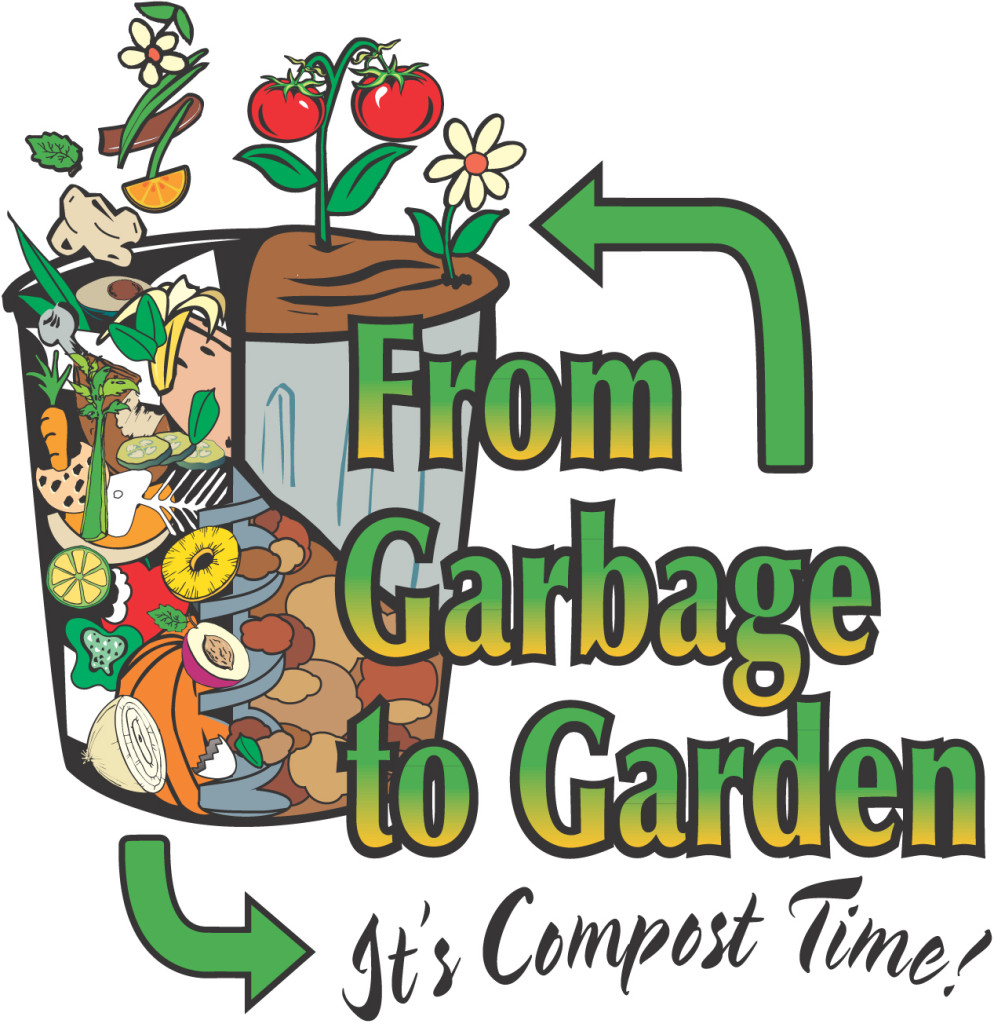
{from lcawaterworks.com}
To some, this is trash. For others, it’s compost, nature’s amazing way of turning discarded food scraps into a new wave of local, healthy food. Now, even people without the time or space to compost can contribute to this food revolution.
First Thing’s First: What is Composting?
For households, composting is a way to recycle certain materials and kitchen scraps and turn them into a beneficial soil amendment for home gardens and reduce waste output.
For small-scale farms, composting is a way to utilize the residual plant and animal material generated and put it to good use as a fertilizer and soil-builder for future crop production.
In both cases, composting is the natural process of decomposition, sped up by a deliberate strategy in a concentrated environment to transform materials such as grass clippings, vegetable scraps, newspaper and more into a new material (known as “humus”) that can then be incorporated back into the soil.
The Do’s and Don’ts: What to Add, What to Leave Out
Besides the process itself, knowing what ingredients should go into a backyard composting operation is essential for a successful outcome.
“Green” (nitrogen rich) and “brown” (carbon rich) materials are required to be in proper balance to ensure that the pile does not become anaerobic. Anaerobic decomposition occurs as a result of an improper chemical balance, mainly a lack of oxygen.
This lack of oxygen necessitates aeration (turning the pile). If the pile is not properly aerated or has too much nitrogen and not enough carbon, rotting and stinking can occur. A compost pile should never smell, according to the EPA.
So, how to achieve this proper chemical balance? Let’s start with the greens {rich in nitrogen}:
- Food scraps – Vegetable peelings are a common material produced by households and make a great compost amendment. However, never add animal-based leftovers (fat trimmings, meat, cheese, milk, etc) as the oils and fats are not conducive to a backyard composting operation.
- Fresh grass clippings
- Manure – If you have access to manure from horses, cows, sheep, goats or chickens, it is a great compost ingredient because it speeds up the decomposition process. It is not a requisite for a successful compost pile, however. Never use manure from carnivores.
- Plants and plant cuttings – Just-picked weeds from around the backyard (as long as there are no developed seeds or seed heads) are permissible, as are flower tops. Green leaves from a freshly cut branch work as well (just make sure to shred them).
Brown materials {rich in carbon}:
- Dead, dry leaves
- Hay and straw
- Simple paper products – Newspaper, paper and cardboard
- Crushed egg shells
- Coffee grounds – tea bags and loose-leaf tea work as well
- Wood ashes and sawdust – Use sparingly. Wood ashes can make the pile very alkaline, which limits microbial activity, and sawdust can take a long time to break down.
Pretty cool for more info…http://earth911.com/news/2012/07/25/compost-cab-picks-up-your-scraps/ and http://earth911.com/news/2012/05/15/the-simple-science-of-composting/
Happy composting & gardening!


